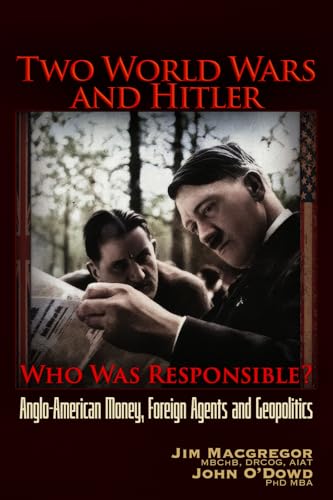
The Beauty and the Sorrow
by Peter Englund
"An Intimate History of the First World War"
Popularity
4.77 / 5
* A book's popularity is determined by how it compares to all other books on this website.
Where to buy?
Buy from Amazon* If you buy this book through the link above, we may receive a small commission at no extra cost to you.
The Beauty and the Sorrow by Peter Englund
Details
War:
World War I
Perspective:
Researcher
True Story:
Yes
Biography:
No
Region:
Europe
Page Count:
594
Published Date:
2012
ISBN13:
9780307739285
Description
Brief Summary
The Beauty and the Sorrow by Peter Englund offers a unique and intimate portrayal of World War I through the stories of twenty individuals from various countries, including Belgium, Denmark, France, and more. Englund's narrative deviates from conventional historical accounts by focusing on personal experiences rather than the usual retelling of events. The book paints a vivid picture of the era through the diaries, journals, and letters of ordinary people who were impacted by the war.
Main Themes and Topics
The book primarily explores themes of human experience and emotion amidst the backdrop of war. Englund sheds light on the personal stories that collectively capture the complexity and depth of World War I. The narrative touches on the universal feelings of hope, despair, bravery, and sorrow, offering readers insights into the emotional landscape that soldiers and civilians alike navigated during the war. By focusing on individual stories, Englund emphasizes the often-overlooked personal dimensions of historical events.
Writing Style and Tone
Peter Englund employs a narrative style that combines historical accuracy with a compelling, almost novelistic prose. His approach makes the past feel immediate and visceral, allowing readers to engage deeply with the lives and emotions of the featured individuals. The tone of The Beauty and the Sorrow is both poignant and reflective, providing a meditative exploration of one of history's most turbulent periods. The short chapters and shifting perspectives maintain a dynamic pace, which helps to convey the chaotic and fragmented nature of war.
Criticism
While the book has been praised for its unique approach and vivid storytelling, some readers might find the frequent shifts in perspective disorienting. The mosaic structure, while rich and detailed, requires readers to continuously adapt to new voices and contexts. Additionally, because the narrative focuses on individual accounts rather than a chronological historical overview, those seeking a traditional history might need supplementary resources to fully understand the broader context of World War I.









